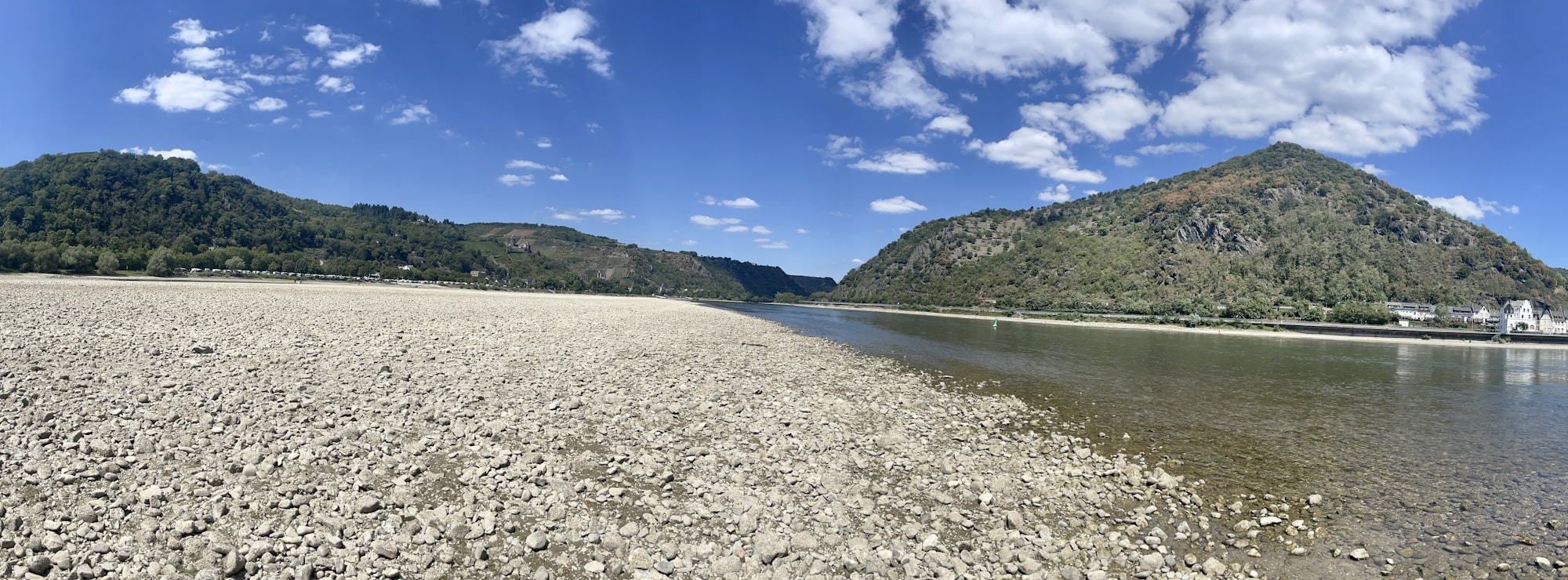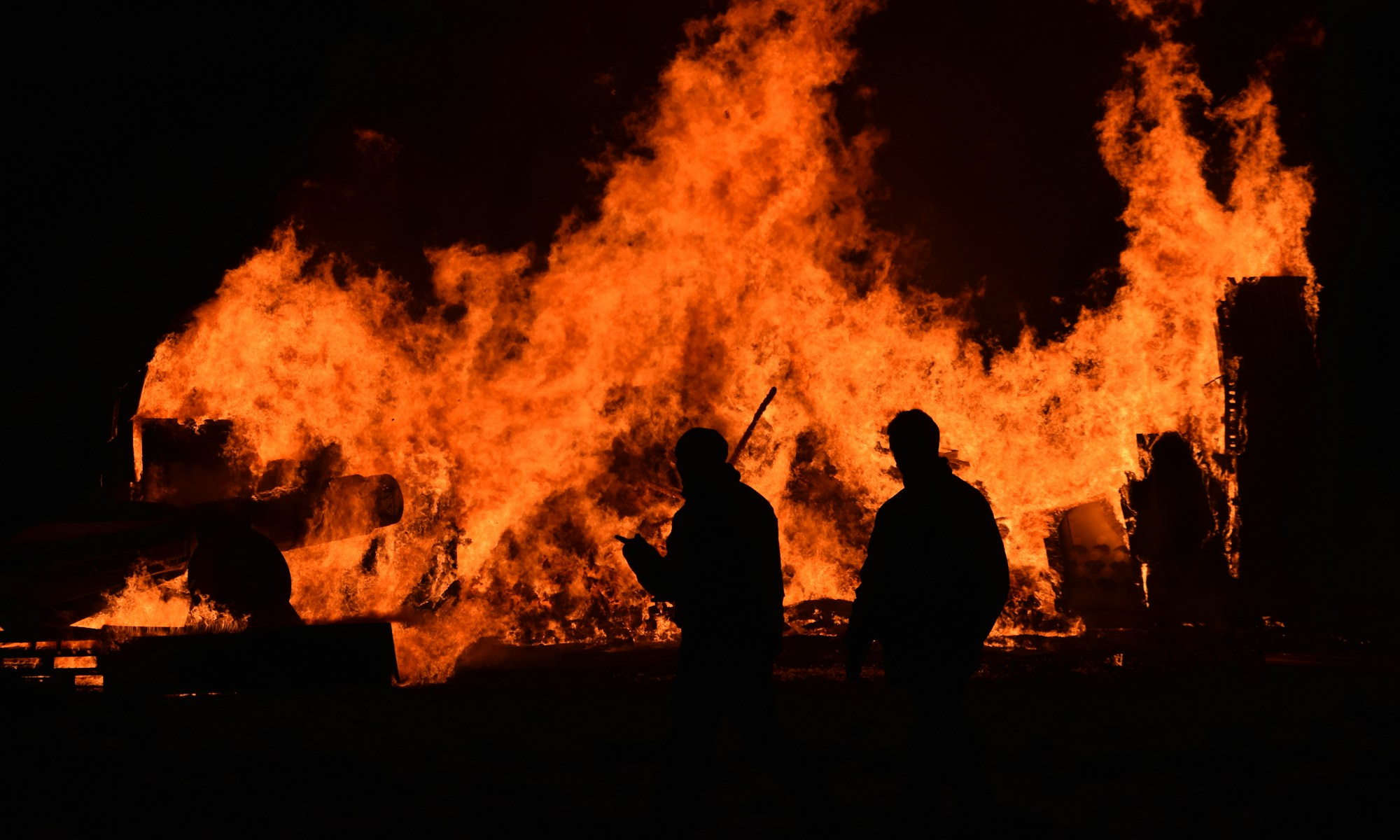9 September 2022 – by Cosmo Sanderson
Chilean voters have rejected the chance to enact a groundbreaking constitution that would have enshrined the “rights of nature”.
Almost 62% of voters turned down what had been described as an “ecological constitution” in last Sunday’s vote.
The proposed text, which was championed by Chile’s leftist President Gabriel Boric, would have made Chile only the second country to recognise the rights of nature after Ecuador.
“Nature has rights,” the text read. “The state and society have the duty to protect and respect them.”
The constitution would have also reportedly seen the creation of autonomous governmental bodies to safeguard those rights and allowed Chilean citizens to bring lawsuits to enforce them.
Aside from its environmental protections, the proposed constitution recognised the rights of Chile’s indigenous populations to their land and resources. It would also have made gender parity across government a legal requirement.
Chile’s existing constitution was entered into in 1980 during the military dictatorship of Augusto Pinochet. Chileans overwhelmingly voted to update it in 2020, a year after a rise in public transport fees sparked a million-strong march in Santiago against inequality.
Olga Barbosa, an ecologist at the Austral University of Chile, told US journal Science that she was “shocked” by the outcome of the vote, reflecting that there is “still so much fear of change.”
Nicolás Trujillo Osorio, a philosopher of science at Andrés Bello National University, told the same publication that concepts including the rights of nature were too vague and poorly explained.
Boric has announced he will work with Congress and civil society to launch a new constitutional process. “We have to listen to the voice of the people,” he said regarding the rejected text, and develop a new proposal that will “fill us with confidence and unite us all”.





